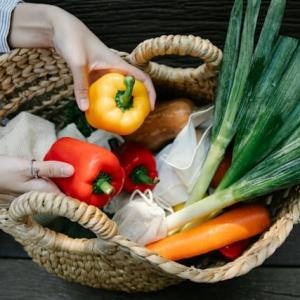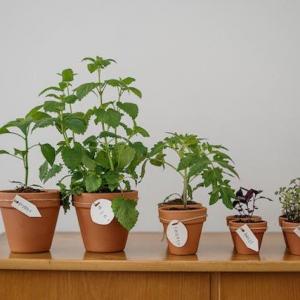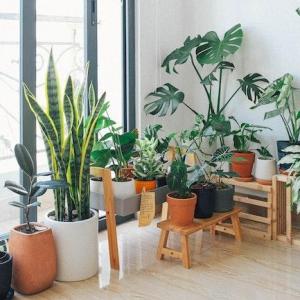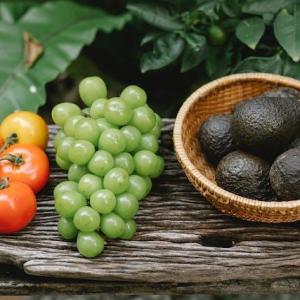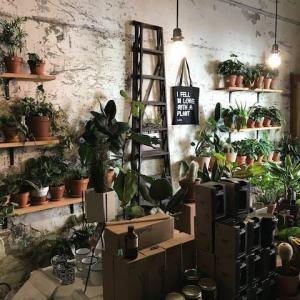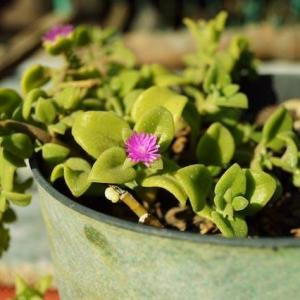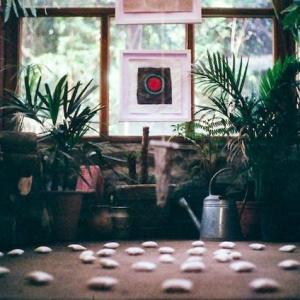
Introduction
If you have limited space or lack a traditional garden area, container gardening is a fantastic solution for growing plants. Whether you have a small balcony, patio, or even a windowsill, you can create a vibrant and thriving garden by growing plants in pots and containers. In this article, we will explore tips and techniques for successful container gardening in small spaces.1. Choosing the Right Containers
- Size matters: Select containers that are appropriate for the size of the plants you want to grow. Ensure they have enough depth and width to accommodate the root systems of your plants. Consider using a mix of sizes to create visual interest. - Drainage is crucial: Choose containers with drainage holes to prevent waterlogging and root rot. If your containers don't have drainage holes, you can drill them yourself or place a layer of gravel at the bottom to improve drainage. - Material options: Containers can be made from various materials, including terracotta, plastic, wood, or ceramic. Each material has its pros and cons, so consider factors like durability, insulation, and aesthetics when selecting containers.2. Selecting the Right Plants
- Consider your space and sunlight: Assess the amount of sunlight your space receives throughout the day. Choose plants that are suitable for the available light conditions. Some plants thrive in full sun, while others prefer partial shade or shade. - Opt for compact and dwarf varieties: Look for plants that have a compact growth habit or are specifically bred for container gardening. This ensures they won't outgrow their containers and will fit well in small spaces.- Mix it up: Experiment with a mix of plants to create texture, color, and visual interest in your container garden. Combine tall, medium, and trailing plants to create a layered and lush look.
3. Soil and Watering
- Quality potting mix: Use a high-quality potting mix that is well-draining and rich in organic matter. Avoid using garden soil, as it can be too heavy and may contain pests or diseases.- Watering: Container plants generally require more frequent watering than those in the ground. Check the moisture level of the soil regularly and water when the top inch feels dry. Ensure you water thoroughly until water drains out of the bottom of the container.
- Mulching: Apply a layer of organic mulch, such as straw or wood chips, on the soil surface. Mulching helps retain moisture, suppresses weeds, and regulates soil temperature in containers.
4. Care and Maintenance
- Fertilizing: Container plants benefit from regular feeding. Use a balanced, water-soluble fertilizer or slow-release granules according to the instructions on the packaging. Avoid over-fertilizing, as it can lead to nutrient burn or excessive growth.- Pruning and deadheading: Regularly prune your plants to maintain their shape and encourage bushier growth. Remove spent flowers or foliage to redirect energy towards new growth and flowering.
- Pest control: Monitor your plants for pests and take appropriate measures to control them. Use organic pest control methods like insecticidal soaps, neem oil, or companion planting techniques to deter pests. Regularly inspect your plants for signs of disease and address any issues promptly.
5. Creative Use of Space
- Vertical gardening: Utilize vertical space by hanging pots, using wall-mounted planters, or incorporating trellises or climbing plants. This allows you to maximize your space and add a vertical dimension to your container garden.- Edible container gardening: Grow herbs, vegetables, or fruits in containers for a fresh and delicious harvest. Compact varieties like cherry tomatoes, herbs, lettuce, or strawberries work well in containers.
- Grouping and arrangement: Arrange your containers in an aesthetically pleasing manner, considering color combinations, plant heights, and textures. Grouping plants together can create a visually appealing display and maximize space utilization.
Conclusion
Container gardening is a versatile and rewarding way to grow plants in small spaces. By choosing the right containers, selecting suitable plants, providing proper soil and watering, and maintaining your container garden, you can create a thriving and beautiful oasis. Get creative with your space, experiment with different plant combinations, and enjoy the satisfaction of growing plants in pots and containers. Happy gardening!
Article
Be the first comment
Elite Article



